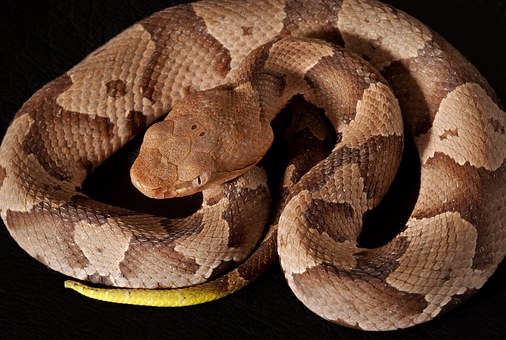 Your (every) vet knows how to treat snakebites, all the standards for shock / fluids / I.V. dexamethasone etc. But many do not know about applying DMSO to the affected extremity and putting said foot or limb in a plastic bag to keep the DMSO *off* you and *on* the affected part.
Your (every) vet knows how to treat snakebites, all the standards for shock / fluids / I.V. dexamethasone etc. But many do not know about applying DMSO to the affected extremity and putting said foot or limb in a plastic bag to keep the DMSO *off* you and *on* the affected part.
One application on shaved skin (creating a glistening perimeter up to a 10cm around the epicenter) immediately AFTER all other treatments are given can DRASTICALLY decrease the necrolysis in tissues adjacent to the bite.
And EVERYTHING is predicated on the fastest application of fluids and anti-inflammatories possible.
How to Use DMSO in Dogs and Cats
Get the pet to your vet or an emergency clinic as quickly as possible for the best results.
In general, Copperhead venom has a hard time killing mammals over 65 pounds.
Copperhead Bites in a Little More Detail
A bite in the face can cause unrecoverable tissue damage. Secondary bacterial infections and cellulitis following the event can be life threatening.
Is there a particular type of dog or cat that gets bitten more often? Yes. The cuter and sweeter the pet, the better the chances of being bitten. Most people would surmise that. Dogs and cats that are complete jerks and probably belong in Heaven never get ruined by snakes. (I hope you know I’m being facetious) – – to answer your question seriously, though, nope. Dogs and cats don’t differ in their ‘instincts’ on snakes and are initially curious. That’s their undoing, depending entirely on how fast, warm, and angry the snake is. Sometimes a pet will accidentally step on the snake, and that’s a hit-or-miss proposition too, independent of intellect and breeding as well.





